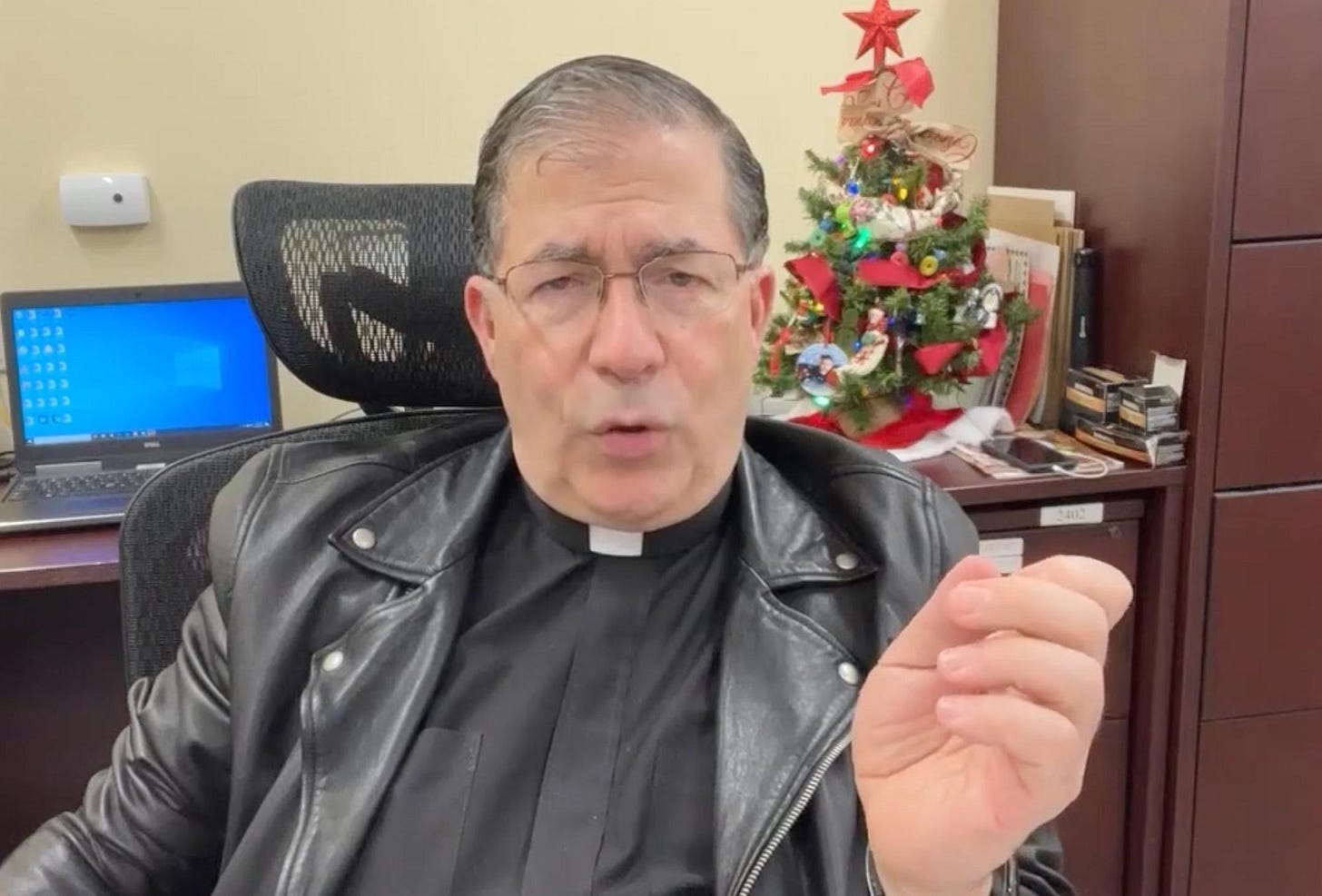Priest for life? A Frank Pavone explainer
What's the deal with Frank Pavone? You've got questions, we've got answers!

News broke on Saturday that Frank Pavone, the head of a pro-life campaigning organization and controversial political activist, had been dismissed from the clerical state.
A prominent media figure for years, Pavone’s laicization has captured media attention in the U.S., and left many wondering if the Vatican decided to dismiss him from the clerical state…
